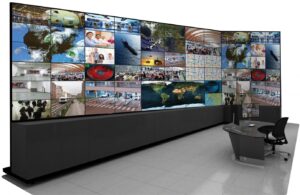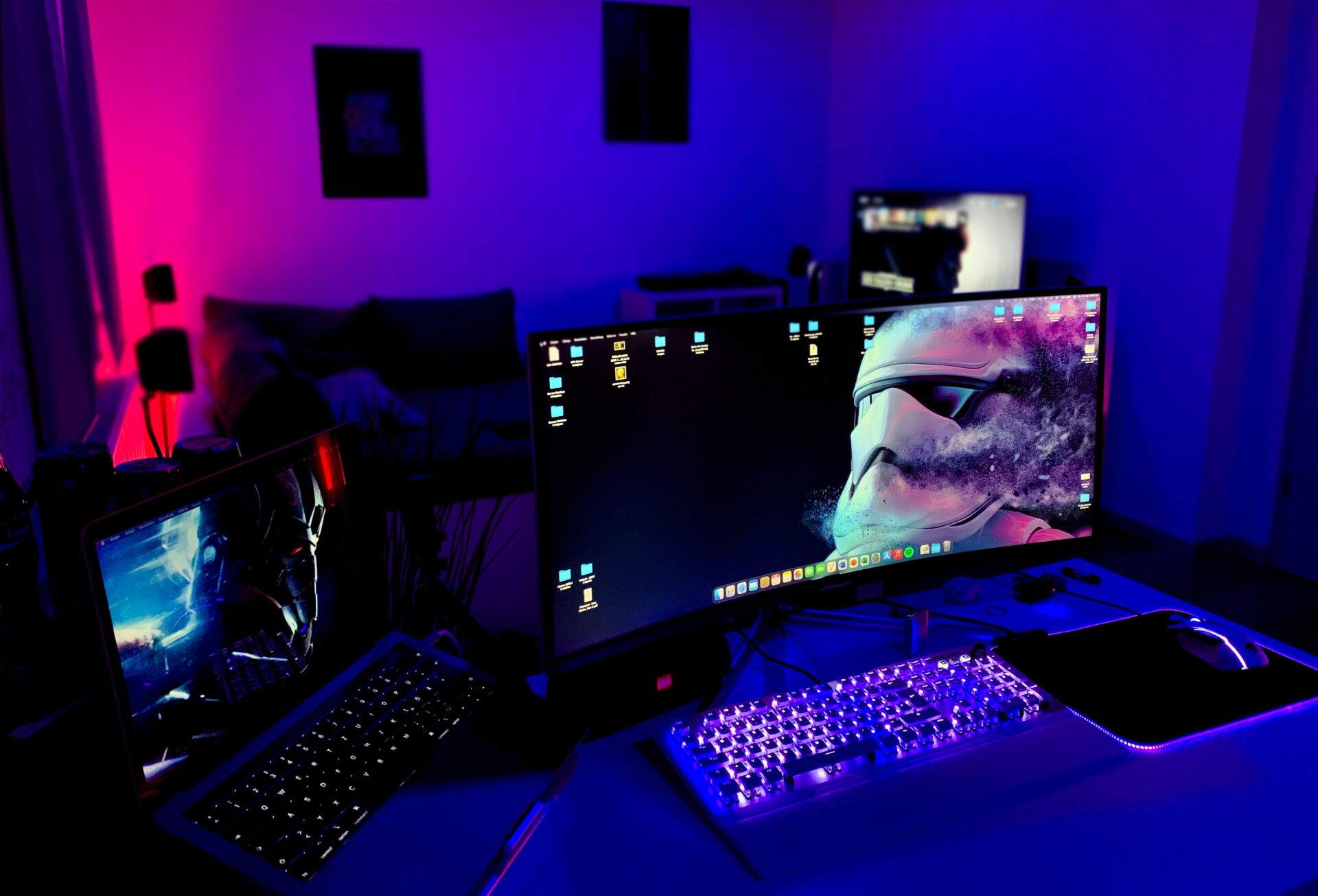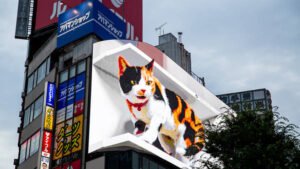What is a LED Display?
Introduction:
A LED display, which stands for Light Emitting Diode display, is a versatile and highly efficient technology that has revolutionized the way we view and interact with digital content. As a professional in the field of LED displays, I’m excited to share with you the key aspects of this technology, its applications, and the impact it has had on various industries.
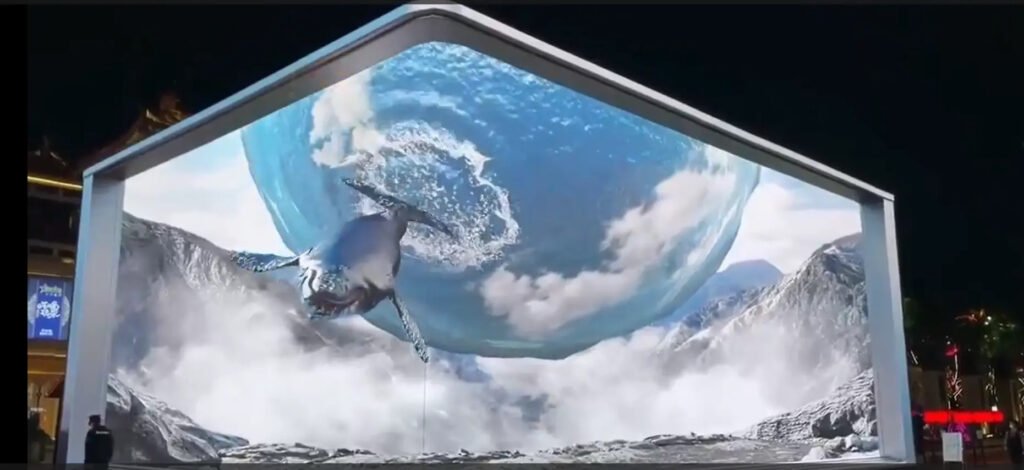
What is a LED Display?
A LED display is a flat panel display that uses an array of Light Emitting Diodes (LEDs) as the light source for displaying images and videos. LEDs are semiconductor devices that emit light when an electric current is applied. These displays are composed of thousands or even millions of tiny LEDs arranged closely together. When these LEDs are turned on and off in a specific pattern, they produce vibrant and dynamic visuals.
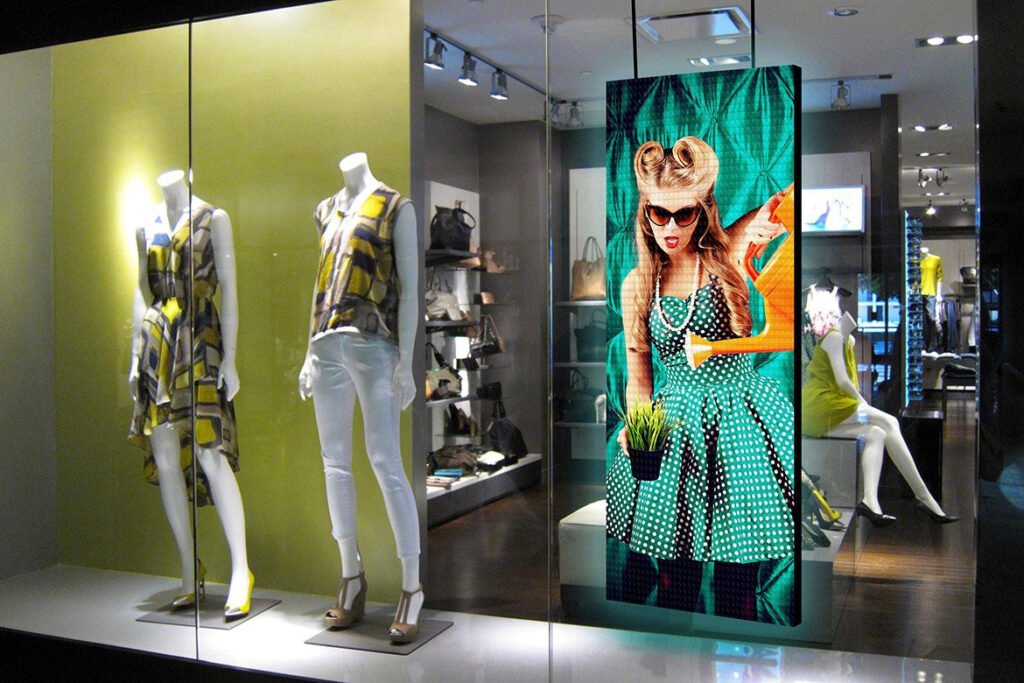
Key Features of LED Displays:
- ความสว่าง: LED displays are renowned for their high brightness levels, making them suitable for both indoor and outdoor use. They can produce stunning visuals even in direct sunlight.
- Energy Efficiency: LEDs are highly energy-efficient compared to traditional lighting sources, which is advantageous for both cost savings and environmental concerns.
- Longevity: LED displays have an exceptionally long lifespan, often lasting tens of thousands of hours. This ensures that they are a reliable and durable solution.
- Color Accuracy: LED displays offer excellent color accuracy, allowing for true-to-life color representation.
Applications of LED Displays:
LED displays are used in various industries due to their versatility and impressive features:
- Digital Signage: LED displays are widely used in advertising and marketing to deliver eye-catching and dynamic content in public spaces, retail stores, and transportation hubs.
- Indoor and Outdoor Billboards: LED billboards have replaced traditional billboards due to their ability to display vibrant content and change advertisements remotely.
- Stadiums and Arenas: LED displays are commonly used to provide a captivating viewing experience for sports fans, including scoreboards and giant video screens.
- Retail: LED displays are used for product promotion, enhancing the shopping experience, and providing information about sales and promotions.
- Traffic and Information Signs: LEDs are used in road signs, digital traffic signs, and information boards, ensuring visibility in all weather conditions.
- Entertainment: In concerts, events, and theme parks, LED displays create immersive and visually stunning experiences.
- Education: LED displays are used in classrooms and auditoriums for presentations, video lectures, and interactive learning.
- Control Rooms: They are essential for monitoring and managing critical systems and data in control rooms for industries such as energy, transportation, and security.
บทสรุป:
LED displays have become an integral part of our modern world, enriching our daily lives through their applications in advertising, entertainment, education, and more. As a professional in the field, I can attest to the ever-evolving nature of LED display technology, with advancements continually pushing the boundaries of what is possible. Whether it’s a massive outdoor billboard or a high-resolution indoor video wall, LED displays have transformed the way we engage with information and entertainment, all while being energy-efficient and durable. As technology continues to advance, we can expect even more incredible innovations in the world of LED displays.


